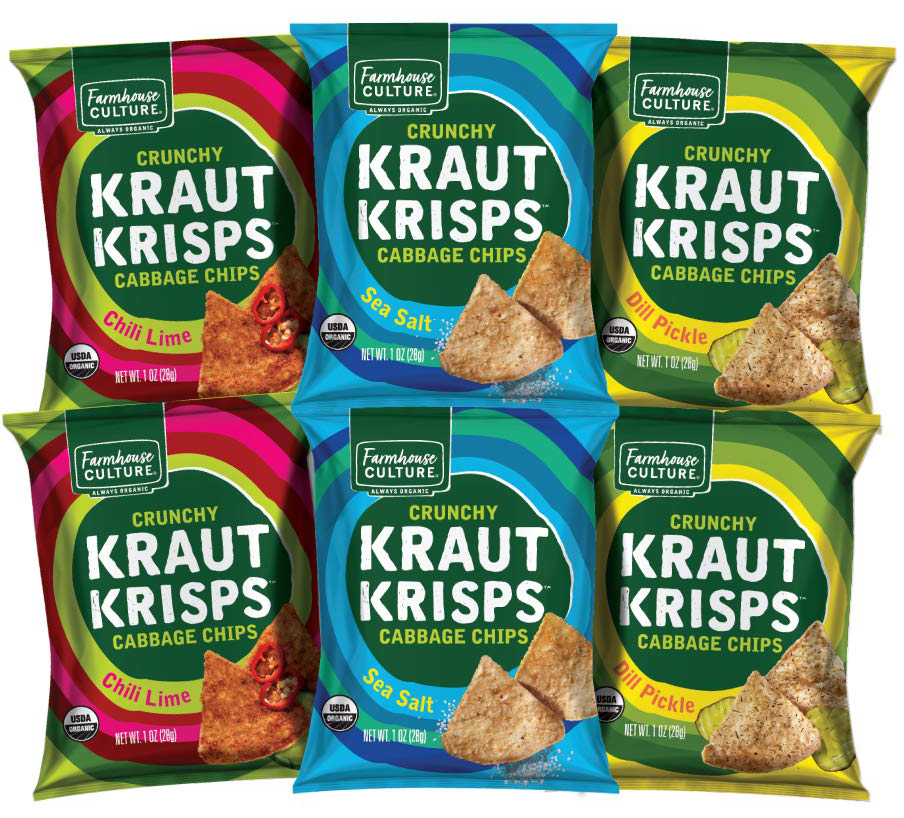09.01.2020
By Donna Berry
CHICAGO – Experience is something food industry professionals have been missing with no trade shows and the opportunity to sample new products. The Chicagoland Food and Beverage Network (CFBN) brought that experience to its members on Aug. 27, when the nonprofit hosted a virtual trends and innovations event, which included the delivery of a tasting box.
The interactive event was designed to not only assist food industry professionals in Chicago, but members around the country, even beyond US borders. Attendees were able to dive into the trends and insights that are shaping food today with a look to where “taste” is headed in the future, said Alan Reed, executive director of CFBN.
Experience also is something consumers are missing when chefs are limited in how they may showcase their culinary talents with menu creation. The event was designed to assist commercial food manufacturers with tapping into that culinary artistry through the exploration of nine trends taking place in foodservice, which while many have been put on hold, consumer interest continues.
“The tasting box is your experience,” said Kelley Fechner, director of customer solutions, Datassential, Chicago, to attendees.
Ms. Fechner explained that eating out is as much about the food as it is the experience. Operators are now challenged with ensuring the same, or at least close to, experience happens with takeout and delivery.
Diners are interested in functional foods, foods that do something for you, Ms. Fechner said. But at the same time, healthy indulgent is top of mind, especially during these uncertain times when many are turning to comfort foods.
“I want to be healthy, but I also want a treat,” Ms. Fechner said.
 This desire is fueling innovation in plant-based and fermented foods, with both trends now manifesting in snacks as well as sweet and savory products. This was showcased in the Kraut Krisps from Farmhouse Culture, Chicago, which were in the tasting box. Three ounces of sauerkraut are baked into every 5-oz bag of chips. In fact, sauerkraut is the No. 1 ingredient before it gets cooked down.
This desire is fueling innovation in plant-based and fermented foods, with both trends now manifesting in snacks as well as sweet and savory products. This was showcased in the Kraut Krisps from Farmhouse Culture, Chicago, which were in the tasting box. Three ounces of sauerkraut are baked into every 5-oz bag of chips. In fact, sauerkraut is the No. 1 ingredient before it gets cooked down.
Fermented foods include sour dough bread, which many home bakers have been exploring. On the beverage side, there’s kombucha and drinkable yogurt.
The trend of sprouted grains may be experienced in baked foods, while cannabis may be found in a range of packaged foods, albeit illegally.
The trend of zero waste is challenging to transfer into commercial food manufacturing, said Rick Williams, business partner-operations, JPG Resources, Battle Creek, Mich., a consultancy devoted to brand development. Chefs are better equipped to do this, as they are preparing foods for immediate consumption.
Some components have a short shelf life, such as vegetable peelings. The chef may use them, but the industrial food manufacturer cannot.
“Let your suppliers do the work,” said Amy Usiak, business partner – product development at JPG Resources. They can dry the peelings and pulverize them into a powder for another use.
African cuisine is another foodservice trend poised to accelerate in commercial food manufacturing. Seasoning blends such as berbere and peri peri are conducive to the premium frozen foods rolling out into the marketplace, including bowl meals and family-size entrees.
Mr. Williams said consumers like trying these new tastes in restaurants because the chef knows what he is preparing. When a consumer follows a recipe at home, there’s a level of uncertainty if it tastes and looks right. Frozen food manufacturers can deliver authenticity. They can bring the foodservice trend to retail shelf.
The goal is to “make it that moment” experience that you have in the restaurant, Ms. Usiak said.
This, of course, comes with challenges, Mr. Williams said. There may be supply chain issues, especially of ingredients like imported spices.
With many consumers still uncomfortable with dining out, there are some foods they are craving, Ms. Fechner said. Sushi, Chinese and lobster, these are foods that most people cannot easily make at home or they don’t want to make at home because of the lack of expertise or authentic ingredients.
Restaurants serving such foods may have an advantage over others. This also presents an opportunity for retailers to explore more authentic offerings at the deli counter and in packaged prepared foods.
Many restaurants have started adding new products to keep consumers interested and coming back, for on-premises dining, takeout or delivery. Foodservice at retail is starting to do the same.
“We’re getting a little tired of comfort foods,” Ms. Fechner said. “Chefs are starting to create new flavors of comfort foods.”
The concept of comfort food is evolving, said John Draz, executive research chef, Ed Miniat LLC, South Holland, Ill. Consumers want foods that make them safe, such as retorted soup, which is sterile and non-perishable. He also believes there’s an opportunity for innovative meal kits at retail.
“There’s a real opportunity to help people eat healthier,” said Jeff Grogg, managing director at JPG Resources.
They don’t necessarily want more bars or beverages, rather how about prepped vegetables.
Ms. Fechner said innovation in foodservice is now focusing on center-of-plate dinners. This is where consumers in the COVID-19 world need the most help after a long day of working from home while overseeing children to keep them focused on e-learning.
Today’s consumers simply want to “deliver a great-taste experience to the family at dinner,” Ms. Usiak said.
